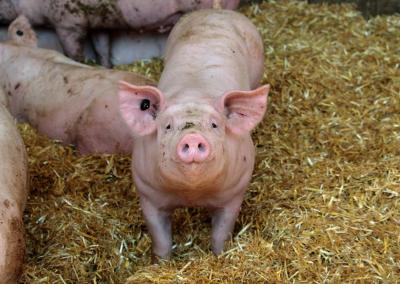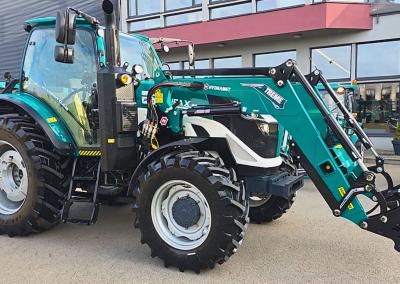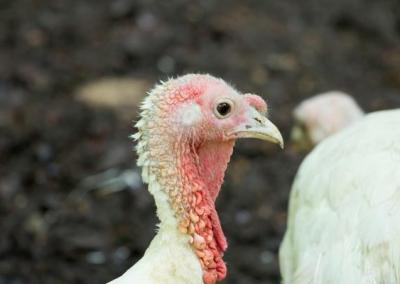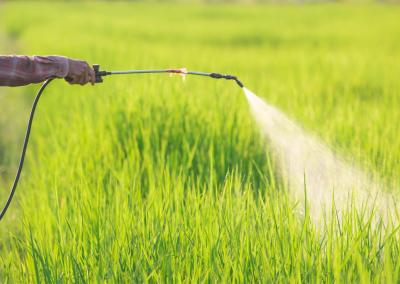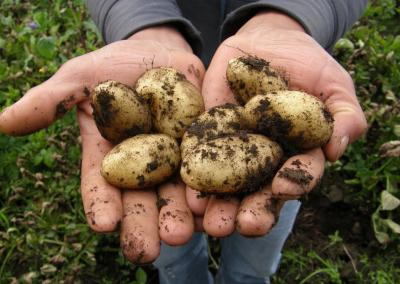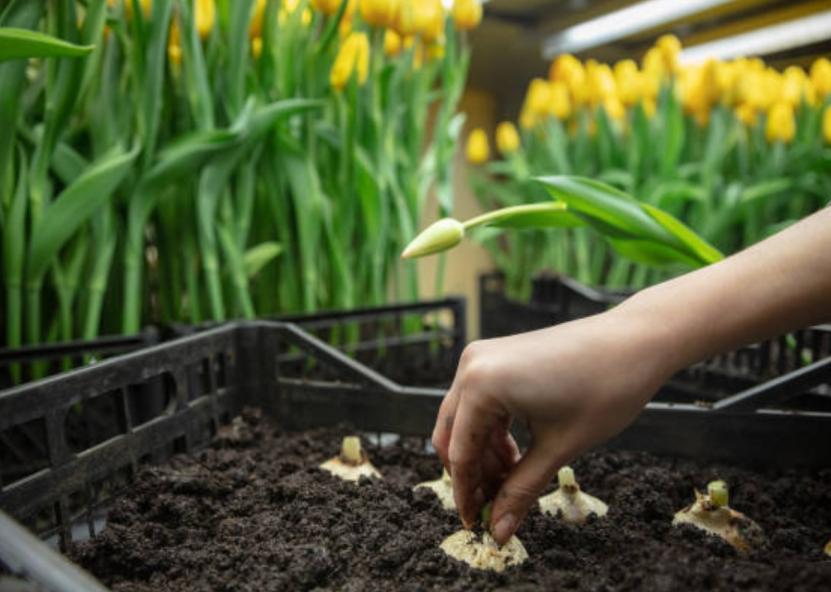How to protect planted tulip bulbs from mice
When plant-based food becomes scarce in autumn, hungry mice start to look for any source of sustenance. This is when the bulbs of planted tulips also enter the "risk zone". Rodents readily eat the juicy bulbs of tulips and other flowers. And in spring, instead of a tulip tree in full bloom, you may see a bleak picture of only a few tulips left. How can you protect your tulip bulbs underground from hungry pests?
There are several ways to protect tulip bulbs. Some of them are quite effective, others are less effective because the mice are used to them:
• Planting tulip bulbs in metal and plastic containers;
• Use of fine mesh during tulip planting;
• Planting mice repellent plants next to tulips;
• Use of odour repellents;
• Use of thorny branches next to tulip crops.
Planting tulips in boxes and containers
These are special porous planting containers and boxes that protect tulips and other bulbs from mice. They are plastic or metal with small openings through which the tulip roots can penetrate the soil freely, but the bulbs themselves cannot be reached by rodents.
A suitably sized planting container is required. When choosing the size, be guided by how many tulip bulbs you plan to put in one container and how big they will be when they grow. The container should be spacious enough to give the bulbs enough room to grow.
Prepare the planting holes for the tulip bulbs. Remember that the depth of the hole for tulips and other bulbous plants should be three times the height of the bulb. And the diameter of the hole must be the same as the size of the container.
Place the container in the planting hole and fill it with a layer of fertile soil. If the groundwater on your plot is very close to the surface, first add a layer of sand to the bottom of the container and then a layer of fertile soil on top.
Place the tulip bulbs in the container, keeping the recommended planting distance between bulbs (about 20 cm). Cover the bulbs with soil. The walls of the containers not only provide reliable protection against rodents, but also make the process of digging up the bulbs after flowering much easier. Florists do not have to search for bulbs in the ground and dig them up individually. Simply pull the container out of the ground and all the bulbs and their babies are immediately on the surface of the ground.
Instead of the special containers for tulip bulbs, improvised tools can be used for planting – plastic vegetable boxes or disposable plastic pots with drainage holes. The main thing to pay attention to is the size of the holes. They should be no larger than 1 cm so that a mouse cannot get through them.
Planting poles in a net
Instead of special protective containers, construction mesh (fine porosity) can be used. The best options are flexible metal mesh or synthetic fibreglass mesh. Such materials are too hard for mice's teeth, so you do not have to worry about the safety of the bulbs. The most important thing is that the mesh mesh to protect the bulbs from mice is less than 1 cm.
First dig a planting hole. The dimensions depend on the size of the bulbs and the amount of planting material you want to plant per hole.
Cut a rectangle out of the mesh. It must be large enough to cover the bottom and the side walls of the pit. The grid rectangle shall be placed in the bottom of the pit. Then lift the edges to cover the sides of the pit. The top edges of the grid should protrude slightly above the ground.
Place a layer of fertile soil on top of the netting. Arrange the tulip bulbs equally spaced apart, sinking slightly into the mounded soil. At the end of the planting, cover all the bulbs with soil.
When you are about to dig up the bulbs after flowering, just pull the netting out of the ground by the protruding top edges – and you can easily pull it out of the ground with all its contents.
c next to tulips
Narcissus. Their bulbs contain substances that are poisonous to mice, which is why mice avoid beds with such plants.
Garlic and onions (including ornamental varieties). Mice also dislike their smell, so it is advisable to plant them next to a flower bed with tulips.
Strongly scented herbs: chamomile, wormwood, bittersweet, white-flowered barberry, blushwort, trillium.
Sunflower pharmacy. Mice can't stand the nasty „aroma“ that these plants give off. Rodents are also uncomfortable with the seeds of dogweed sticking to their fur.
Multi-flowered daisy. The plant emits a strong unpleasant odour that repels rodents.
Use of odour repellents
Spices. Dry mustard or red and black pepper can be used. When planting, add these spices to each hole and cover the bulbs with soil. But mice may have become accustomed to these over many years of use.
Berge tar. This material is used in combination with sawdust. Put them in a bucket or other container, add water (enough to completely soak the sawdust) and add 1-2 tablespoons of tar to it. Mix all the ingredients thoroughly and leave to stand for one day. When planting the tulips, add a layer of soil to the bulbs, a layer of wet sawdust soaked in tar and more soil on top. The strong smell of the tar will make the mice retreat from your flowerbed.
Vishnevsky's ointment This ointment also contains birch tar, so it has a similar effect on rodents. Add Vishnevsky's ointment to the sawdust as described above, or apply it to the sides of each tulip bulb before planting.
Using thorny branches next to tulips
Bulbs with sharp spines will help protect the bulbs from rodent attacks. If there are branches left over after cutting back roses, thorns, sea buckthorn or raspberries, don't be in a hurry to get rid of them, as they may still be useful.
Cut the thorny branches into small pieces and place them in the planting holes around the tulip bulbs. Rodents that find such an obstacle will certainly not try to overcome it, but will move on to the next location.

